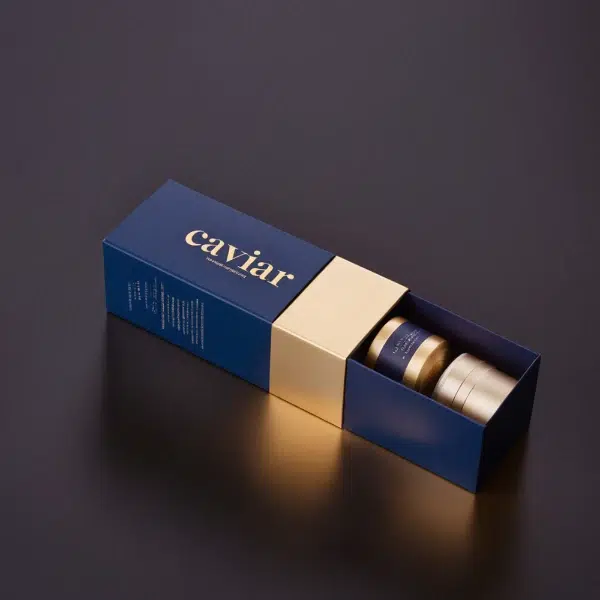Understanding Barrier Properties in Food Packaging
Understanding Barrier Properties in Food Packaging
Blog Article
Barrier properties are essential features of packaging materials, influencing food safety, quality, and shelf life. In the context of food packaging, these properties determine how well a material can prevent the exchange of gases, moisture, light, and other external substances.

Key Aspects of Barrier Properties
Here are some critical reasons why barrier properties matter in food packaging:
- Extending Shelf Life: Effective barrier properties help to minimize oxidation and spoilage. For instance, PET bottles with low oxygen permeability significantly slow down lipid oxidation in products like cooking oil.
- Ensuring Food Safety: Strong barriers protect against harmful substances, significantly reducing the risk of contamination and foodborne illnesses, especially for perishable items.
- Maintaining Food Quality: High-quality packaging prevents moisture absorption and odor penetration, preserving the food's nutritional value and flavor.
- Enhancing Consumer Experience: Attractive packaging that maintains food quality increases consumer trust and satisfaction, leading to repeat purchases.
Comparison of Packaging Materials
| Material | Oxygen Barrier | Moisture Barrier | Light Barrier |
|---|---|---|---|
| PET | Low | Moderate | Moderate |
| HDPE | Moderate | High | Low |
| Aluminum Foil | High | High | High |
The Role of Packaging Solutions
Barrier properties are a critical consideration for packaging solutions in the food industry. By choosing the right materials, businesses can ensure product longevity, safety, and quality. Furthermore, partnering with a reliable packaging solutions supplier can help companies achieve these goals efficiently.
In summary, understanding and implementing effective barrier properties in food packaging not only enhances food safety and quality but also supports the sustainable growth of the food industry.